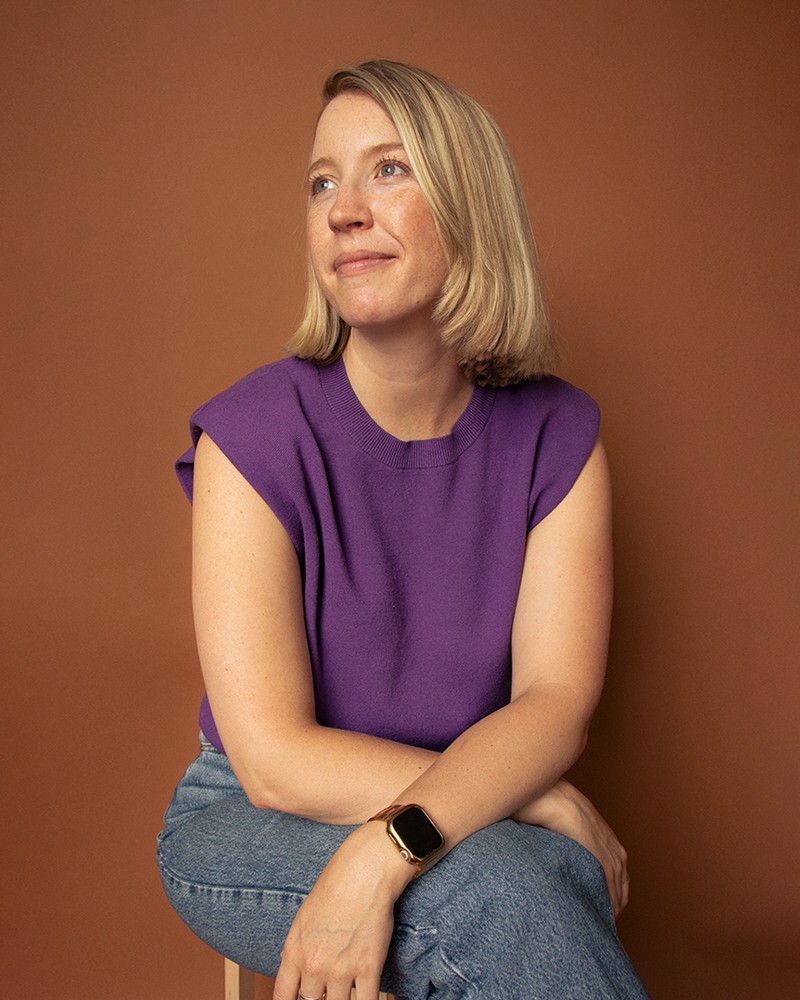We’re excited to introduce you to the always interesting and insightful Aislinn Grant. We hope you’ll enjoy our conversation with Aislinn below.
Alright, Aislinn thanks for taking the time to share your stories and insights with us today. Are you able to earn a full-time living from your creative work? If so, can you walk us through your journey and how you made it happen?
The short answer is- yes! This is my 9th year in the biz, and I’ve made a full-time living from after the 1st year until now (albeit it might depend on what your definition of a *livable salary* might constitute).
I think what I did right at the beginning was:
1. Owned my title. When people asked me what I did for a living, I declared, “I’m a graphic designer”. Even when I felt imposter syndrome and before I had any confidence in my design abilities, I still said those words. Work started to trickle in simply through those interactions.
2. Said yes to everything. Down the line, this is likely the opposite advice I’d give my younger self – in fact, I’d tell myself to be pickier, more purposeful, and more niched in what work I took on. In the beginning, however, I said yes to any/all opportunities that came my way in freelance work opportunities. This meant I learned fast and hard and had to figure out a lot along the way. It helped me progress much quicker and grew my network when I didn’t have much of one.
3. I built myself a *decent* portfolio website with fake projects. Looking back, this work was probably not decent – it was probably very subpar. That being said, the clients I was marketing to at the time weren’t looking for wildly transformative, bold work. Their needs and tastes were much more basic, and what I had to offer fit the bill. I took a whole week off doing anything else and built out a Squarespace site and three fake branding project portfolio pieces. Now that I look at portfolios of young designers all the time, I’m surprised more people don’t do this. It showcased my best work at the time and what I was interested in and helped me get more work like it. Now that I’m further in, it’s only reinforced that no one cares at that stage whether projects are real or fake; they want to see what you can do.
What I did poorly in the beginning:
1. People-pleasing. I did a WHOLE lot of this. From working nights and weekends to overnight 911 deliverables, I held a lot of space for people’s poor planning and outrageous requests and only a little space for me to breathe.
2. Ignoring red flags from potential clients. Saying yes to as much work as possible was a win for me initially, but there were a few clients that really (REALLY) were not a fit for me, and they caused me a lot more stress than they were worth. Nowadays, if I get a sense for any of these flags in the discovery meeting, I say we’re not a fit. No proposal, no more chats, no justification, just that we’re not a fit.
3. Not charging for extra scope. Holy moly, did I suck at this. I’d quote 5 hours and spend 30. Sometimes, you need to do this to understand how long things take (use a time tracker!), but I was so afraid to lose a bid that I underquoted everything. This meant I was overworked and underpaid, which is manageable for a short time to get your feet wet, but I let this go on for too long.
4. Building out one-size-fits-all packages instead of diagnosing what people need. In the early days, I didn’t have the skills I have now, so I couldn’t push back on prospects and provide alternate ideas for engagement. If people said they needed a logo, I’d send them the same proposal options as I’d send them to anyone else. Now, I ask about business goals, competitors, what’s worked and what hasn’t, business models, revenue streams, team structure, etc., before I can diagnose and recommend potential options for clients.


Awesome – so before we get into the rest of our questions, can you briefly introduce yourself to our readers.
In my University days, I started a small business (cake-shaped bath bombs). I’d sell these at local farmers markets, shops, etc, and was invited to participate in my University’s pitch competition for young entrepreneurs. Despite my urge to run in the opposite direction, I took part and won $7500 to take my biz to the next level. I spent that money at a local branding agency getting a new identity and packaging designed, and throughout the process, I completely fell in love with design. It led me to teach myself Illustrator, Photoshop, and beyond, and it was the first career path I’d been down that I felt 100% motivated by. I knew I was going in the right direction and decided to take the leap. I quit my job, closed down my small business, and started freelancing.
At Grant, our mission is clear. We are a branding agency that specializes in crafting distinctive brand identities, design-driven websites, and bold copywriting. Our clients are not interested in blending in; they are driven by the need to set themselves apart from their competitors. We partner with them to unearth their unique qualities and build an authentic brand.
I’m immensely proud of the team we’ve built at Grant. We’re still small (4 FT folks right now), but we are all very invested in the people we work with. Our clients get a team of talented designers dedicated entirely to their business, and our blended experience results in a unique approach to each project.
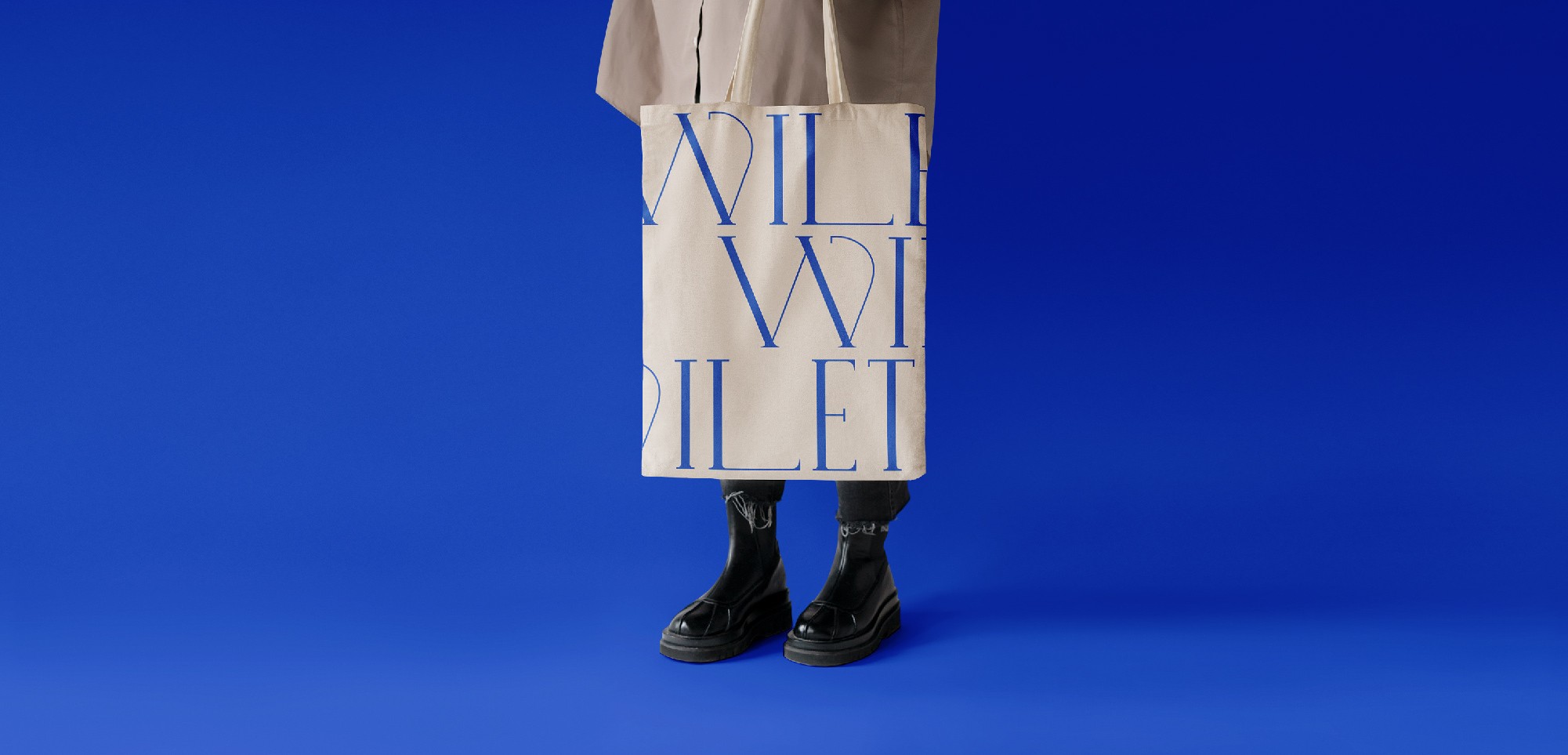
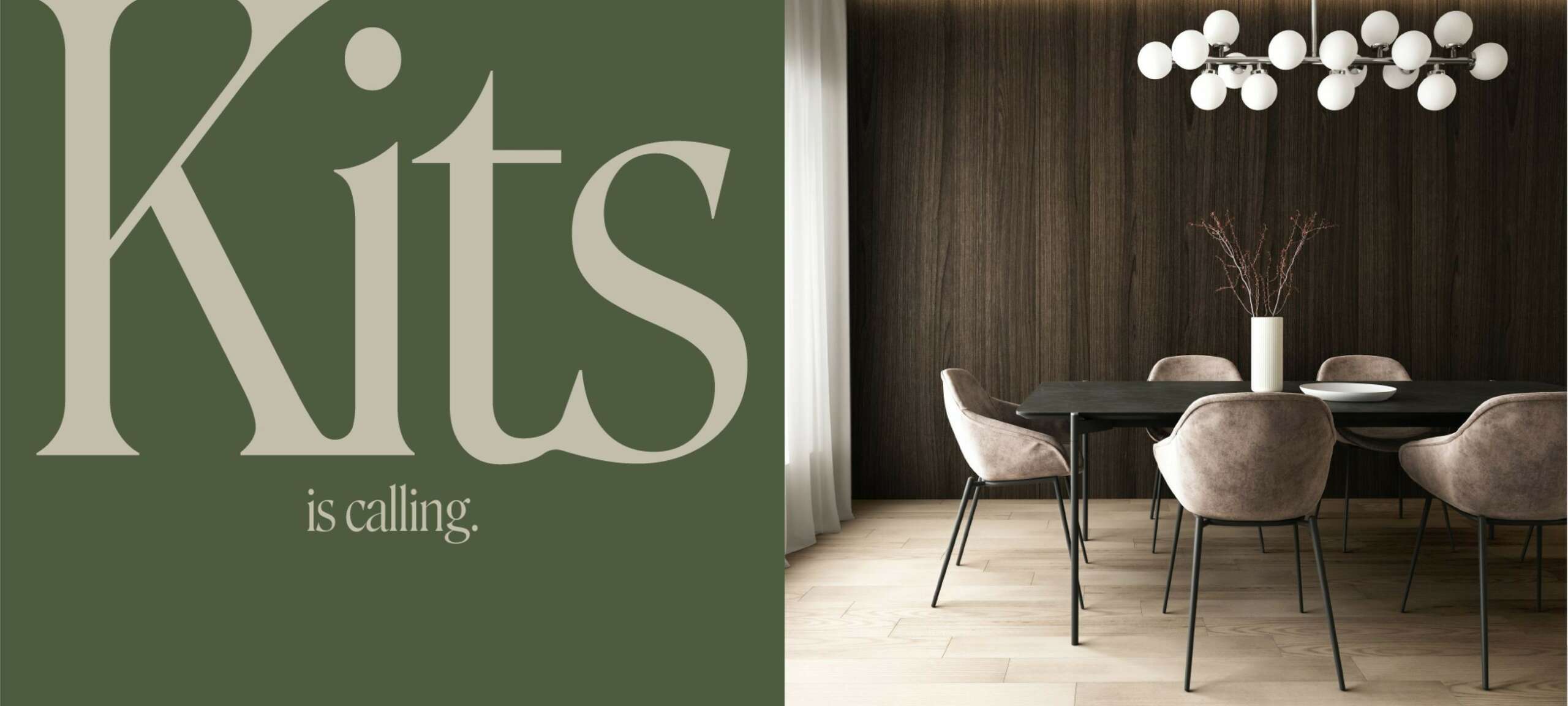
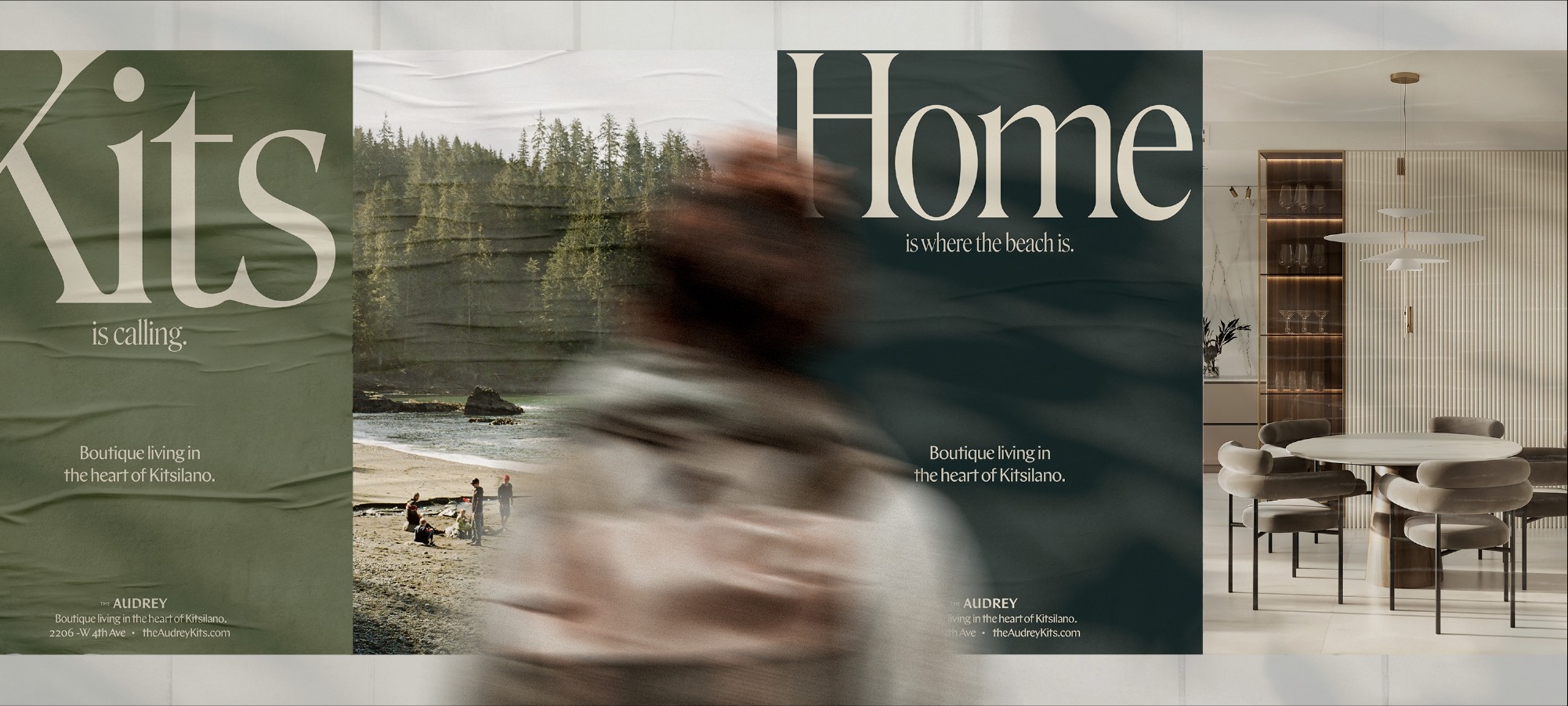
What do you think is the goal or mission that drives your creative journey?
We now have a collective purpose at Grant that we can all stand behind: to create one brand that changes the world.
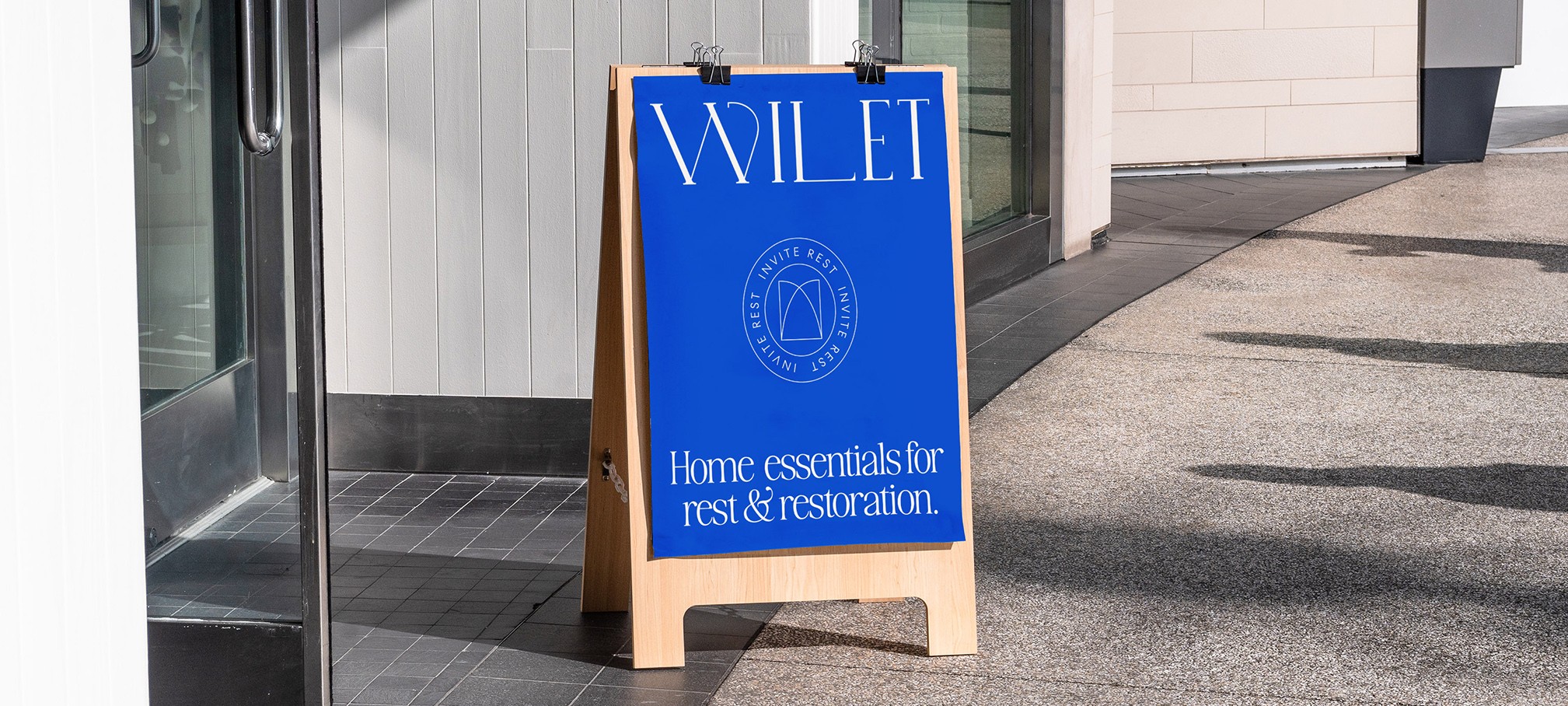
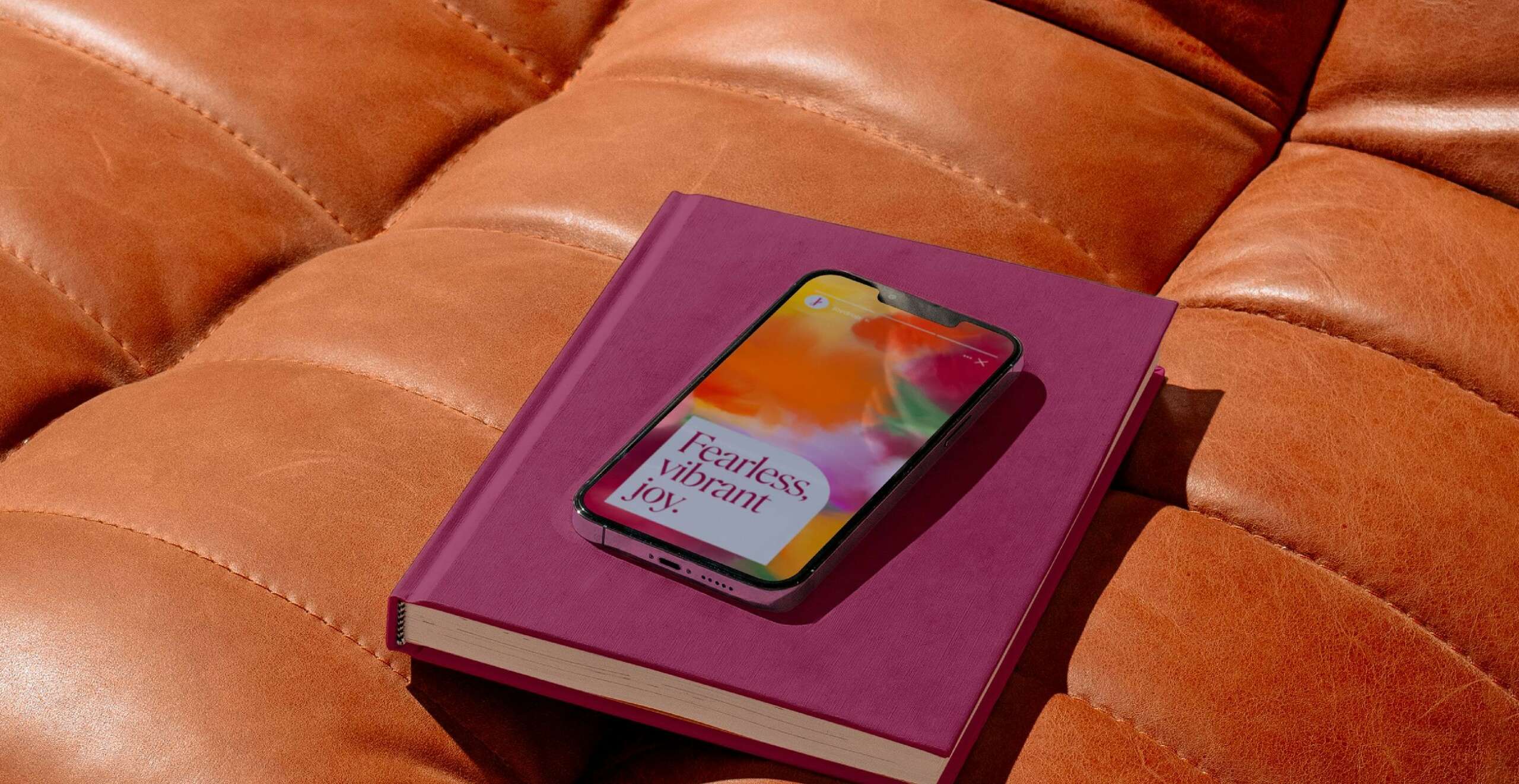

What’s been the most effective strategy for growing your clientele?
We’ve actually done very little marketing (I’ll report back if this is still working in a few years) up until recently. Our business has consistently grown through referrals, so I’d recommend putting everything you’ve got into your existing projects to ensure they are happy and stoked to refer you to other folks in their network. The more prominent brands we’ve worked with only work with people who have been recommended by someone they trust in their network, so we’ve always opted to have great, healthy relationships with our clients. Honestly, it’s easy when you work with great people. I’m always a wee bit suspicious of agencies that spend much money on Google Ads if I’m being honest (and honesty is what we’re here for, right?).
Contact Info:
- Website: https://www.wearegrant.com
- Instagram: https://www.instagram.com/we.are.grant/
- Linkedin: https://www.linkedin.com/company/wearegrant
- Twitter: https://twitter.com/we_are_grant
- Other: https://www.behance.net/grantdesignco
Image Credits
Christopher Amat


